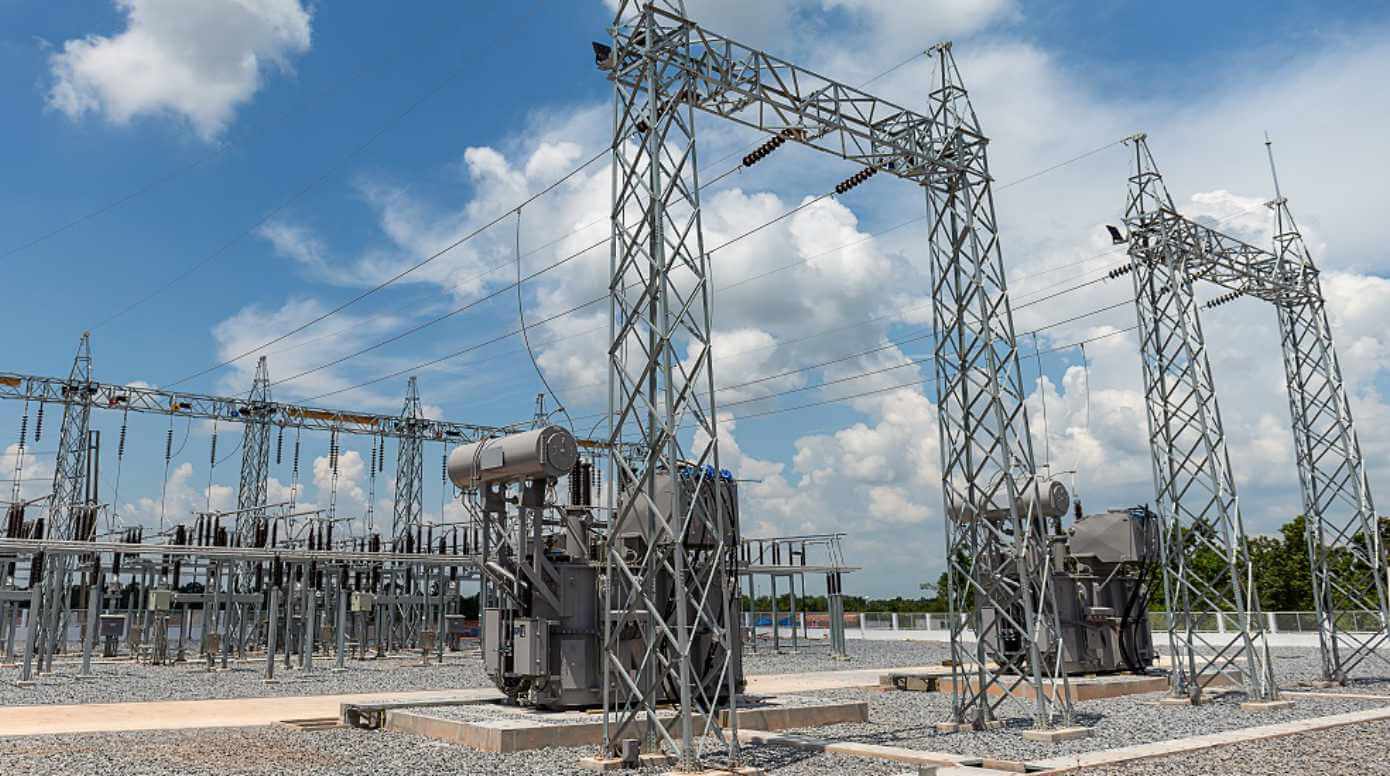Understanding the New Government Mandate: Discoms’ Capacity Requirements by 2023

Understanding the New Government Mandate: Discoms’ Capacity Requirements by 2023
According to a statement from the power ministry, the rules for the Resource Adequacy Planning Framework for the Power Sector offer a time-bound and scientific approach to estimating future energy demand and to taking proactive steps to secure capacity to satisfy that need.

The government released guidelines on Wednesday requiring electricity distribution businesses to have a legal duty to secure the acquisition of sufficient capacity to fulfil demand in their region after consulting with the Central Electricity Authority (CEA).
Power minister RK Singh stated, “The guidelines will ensure that the practice of load shedding by discoms and the occurrence of electricity supply crunch is avoided in the future,” adding that these guidelines are a crucial reform to offer customers a 24 hour, dependable power supply at reduced electricity rates.
In a significant move to address the persistent problem of power shortages and ensure a reliable electricity supply, the government has taken a decisive step by legally binding distribution companies (discoms) to have sufficient capacity to meet the growing demand. This proactive measure aims to bolster the power sector, foster economic growth, and improve the quality of life for citizens.

By mandating discoms to enhance their capacity, the government aims to alleviate consumer burden, mitigate power outages, and propel India towards becoming a power-surplus nation. This article delves into the details of this crucial development and its potential impact.
India is widely recognized as one of the world’s fastest-growing economies. And has experienced a significant surge in power demand over the years. However, inadequate infrastructure and investment in the power sector have often led to electricity shortages and frequent power outages. These issues have hampered industrial productivity, adversely affected daily life, and hindered the government’s efforts to ensure reliable power supply across the country.

To address these challenges head-on, the government has taken the commendable step of legally binding discoms to augment their capacity and meet the escalating power demand. Under the new regulation, discoms will be required to assess the projected growth in electricity consumption within their respective jurisdictions and plan their capacity expansion accordingly.
The government’s decision to impose legal obligations on discoms is aimed at achieving several objectives:
- Reliable Power Supply: To ensure that discoms To meet the demand, we need to have enough capacity. The government intends to provide consumers with a reliable and uninterrupted power supply, enhancing their quality of life and boosting industrial productivity.
- Economic Growth: Consistent and reliable electricity supply is essential for economic growth. By mandating discoms to enhance their capacity, the government aims to create an enabling environment for businesses, attract investments, and foster overall economic development.
- Reduction in Power Outages: Inadequate power capacity has significantly contributed to frequent power outages. The legal binding on discoms is expected to reduce such disruptions, improving consumer satisfaction and increasing operational efficiency for industries.
- Renewable Energy Integration: With the growing focus on clean and renewable energy sources, discoms must incorporate a significant share of renewable energy capacity into their expansion plans. This move aligns with the government’s commitment to sustainable development and reducing greenhouse gas emissions.

The government will establish a robust monitoring mechanism to ensure the effective implementation of the new regulations. Discoms must submit detailed expansion plans and progress reports regularly, highlighting their capacity addition projects and timelines. This will enable the government to track the progress made by each discom and take appropriate actions if necessary.
Additionally, the government may introduce penalties for non-compliance with the mandated capacity expansion, encouraging discoms to fulfil their obligations promptly. These penalties could include fines, stricter regulatory oversight, or even the possibility of contract termination in severe cases.
According to a statement from the power ministry, the rules for the Resource Adequacy Planning Framework for the Power Sector offer a time-bound and scientific approach to estimating future energy demand and to taking proactive steps to secure capacity to satisfy that need.

From the national level to the disco level, they offer an institutional structure for resource adequacy so that the availability of resources to satisfy demand is guaranteed at each level. According to the statement, assessments of the additional generating capacity, energy storage, and other flexible resources required to cost-effectively and reliably satisfy demand increases in the future will begin well in advance.
Additionally, according to the long-term National Resource Adequacy Plan (LT-NRAP) or as determined by the relevant SERC, it recommends that at least 75% of the long-term contracts include the total capacity needed by discoms. The ideal range for medium-term contracts is 10–20%, with short-term contracts able to cover the remaining portion of the power consumption.
After combining the separate plans of the discoms, the National Load Dispatch Centre (NLDC) will also conduct bids to acquire any shortage in the capacity needed to satisfy the short-term Distribution Resource Adequacy Plans (ST-DRAP).
According to the minister, a robust framework for resource adequacy would guarantee the dual goals of maintaining the country’s energy security at the lowest possible cost and facilitating the transition to a clean and sustainable future.
To offer the Planning Reserve Margin (PRM) necessary at the national level to satisfy the demand reliably, CEA will issue LT-NRAP. A thorough yearly operating plan must be created by the National Load Dispatch Centre (NLDC), taking into account the projected repair schedules of the current producing stations. The short-term National Resource Adequacy Plan (ST-NRAP) will be the name of this.

The government’s decision to legally bind discoms to have sufficient capacity to meet the escalating power demand is a significant step towards resolving India’s persistent electricity supply challenges. By ensuring a reliable power supply, this measure will enhance citizens’ quality of life and stimulate economic growth. Discoms must embrace this opportunity and undertake the necessary capacity expansion initiatives promptly and efficiently. With the successful implementation and strict monitoring, this initiative can propel India towards becoming a power-surplus nation, driving progress in various sectors and positively impacting the lives of millions across the country.




